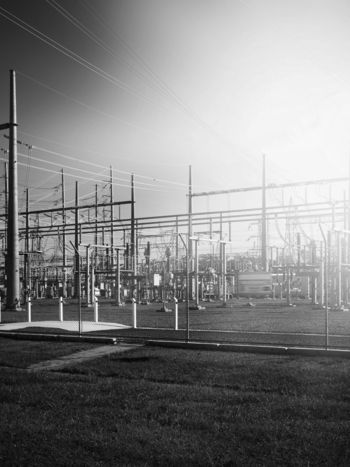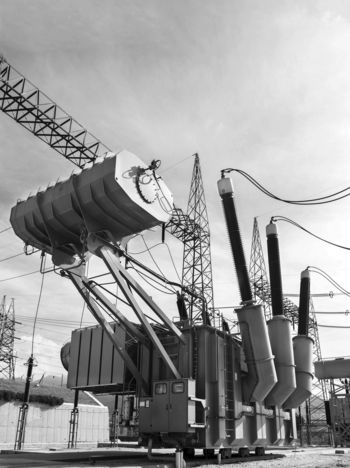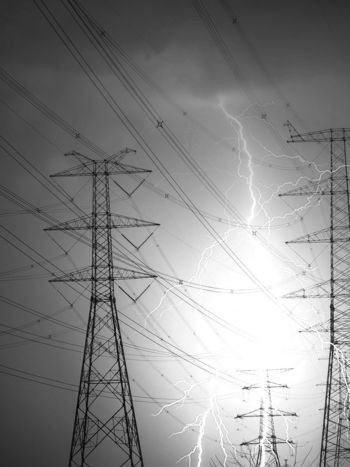Planning coordination between system operators, transmitters and distributors: frameworks, methods, and allocation of costs and benefits
Electricity system operators (TSOs, DSOs and ISOs) are responsible for planning transmission and distribution networks. These organisations coordinate their transmission and distribution planning activities because these activities affect each other. Planning coordination involves defining the planning duties of each entity, providing information needed for planners to carry out their duties, and facilitating collaboration where planning duties overlap.
Convenor
(CA)
C. REALI
Secretary
(ZA)
J. BREEDT
Primary Contributors: C. CODD (CA), C. DIACONU (RO), A. ILICETO (IT), L. KANE (UK), E. LANNOYE (IE), E. SCHWEITZER (US), J. TOAL (UK)
Members: J. BOEMER (US), M. BRAUN (GE), F. COETZEE (ZA), T. GALLERY (IE), Y. NAKASHIMA (JA), A. NATEGHI (UK), R. PARANA (BZ), D. SHAH (UK), R. TABORS (US), X. LI (US), Y. KATSUKI (JA), V. ZAHARIA (RO), R. ZHANG(UK)
Introduction
Planners are adopting new processes in response to the growing penetration of DERs and variable generators. These resources, in large numbers, have the potential to stress the transmission and distribution system in different ways than traditional power systems that primarily relied on transmission and distribution networks to transmit power from large, centralized generators to end-use consumers. Transmission networks are frequently stressed outside of peak conditions when there is high output from variable generation. Distribution networks now need to be designed to accommodate injections to the transmission system when DER production exceeds local demand.
DERs and variable generation penetration is expected to continue to grow and become a more significant driver of planning decisions. The adoption of DERs and variable generation is primarily due to the falling cost of these resources as shown in Figure 1 with a depiction of the global levelised cost of energy in both solar and wind renewable generation sources.
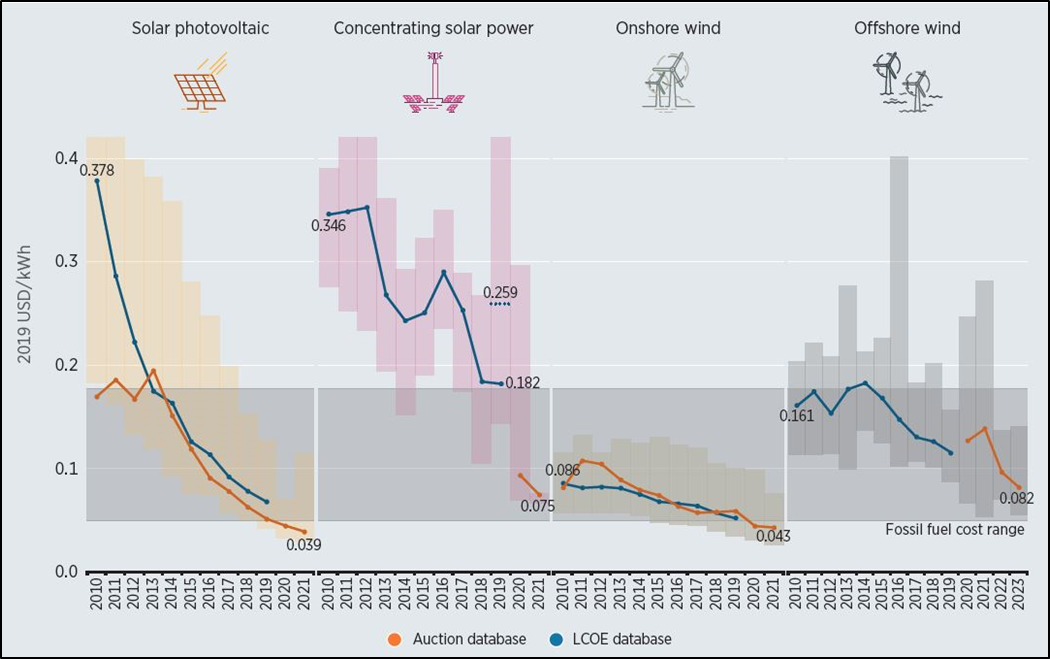
Figure 1 - Global average levelised cost of energy (LCOE)
These resources are now cost-competitive with large, centralized generators and are being adopted broadly in most jurisdictions. Secondary drivers include procurement programs or rate designs that encourage the development of DERs and variable generation, the wide-spread availability of these technologies to end-use customers, and the adoption of electric vehicles.
Planners also need to adopt new measures to coordinate transmission and distribution planning in response to DERs and variable generation. Working Group C1.40 (“WG C1.40”) investigated how Independent System Operators (ISOs), Transmission System Operator (TSOs) and Distribution System Operators (DSOs) coordinate their planning processes in response to the ongoing transition of electric distribution systems towards active, two-way systems that incorporate higher quantities of distributed energy resources (“DERs”). WG C1.40 has focused its assessment on specific aspects of planning coordination: electric industry frameworks, planning processes, and the allocation of costs and benefits from planning decisions.
Methodology
WG C1.40 carried out two assessments: a survey of CIGRE members and a literature review. These assessments were also supplemented by expert opinions offered by WG C1.40 members.

Figure 2 - Structured methodology applied
The objective of the methodology was to ensure that multiple perspectives were considered in WG C1.40’s analysis and recommendations. The methodology was also intended to capture variance in regulatory environments, utility ownership structures, legislative requirements, policy frameworks, methodologies used to facilitate coordination, and cost and benefit allocation were explored.
Survey Findings
WG C1.40 opened a survey to CIGRE members in April 2018 and closed it in April 2019. Thirty-six complete or near-complete responses were received. Survey respondent demographics is illustrated in the figure below.
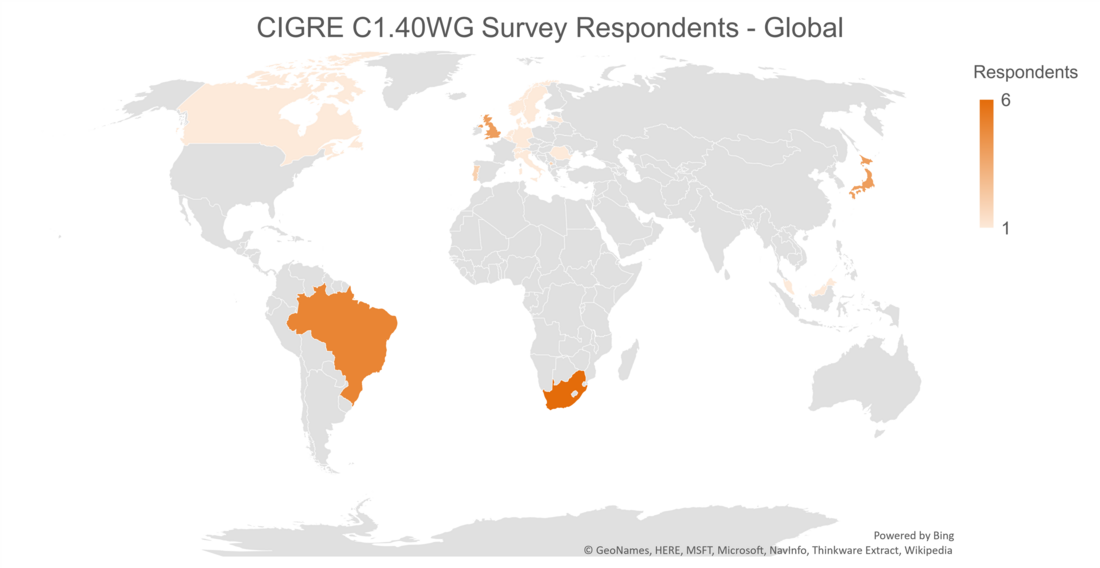
Figure 3 - Global map on survey respondents
Most utilities have formal processes for coordinating transmission and distribution planning.
About 80% of respondents have planning processes formalized through regulation or grid codes and 64% had formalized communication points between transmission and distribution planning processes.
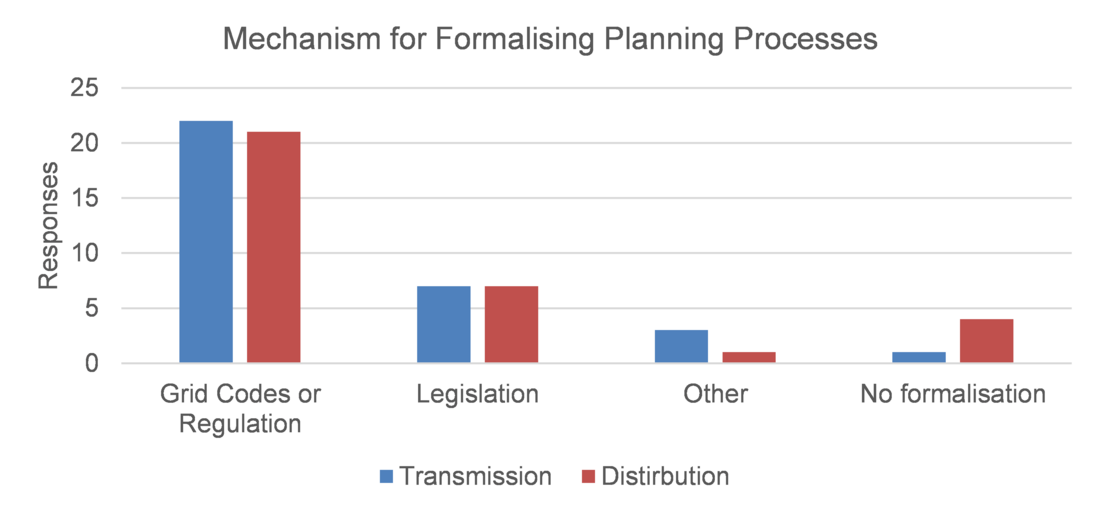
Figure 4 - Transmission or distribution planning processes formalisation, by mechanism
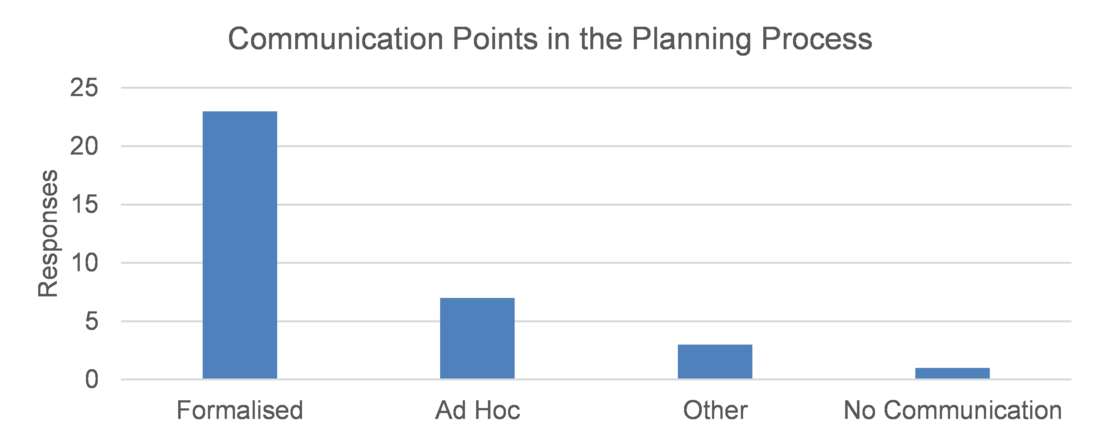
Figure 5 - Formalised communication points between transmission and distribution planners
Existing processes do not share critical information needed to coordinate transmission and distribution planning.
Variable generation forecasts, DER forecasts, detailed demand forecasts and assets end of life plans were highlighted as not being adequately shared to support planning processes. Several obstacles to were identified, including inconsistent methodologies among utilities, misaligned incentives to share information, and insufficient contact between entities.
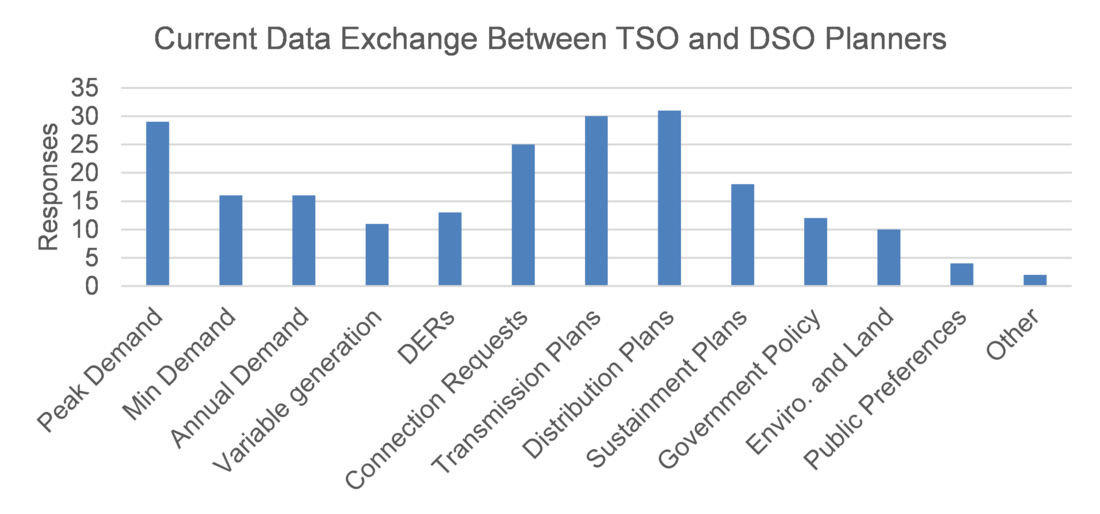
Figure 6 - TSO-DSO exchange of planning information, by information type
The primary players in power system planning processes are TSOs and DSOs as well as regulators.
Less than half of respondents indicated that the public was involved in planning processes and about half of respondents indicated that customers were involved in planning processes.
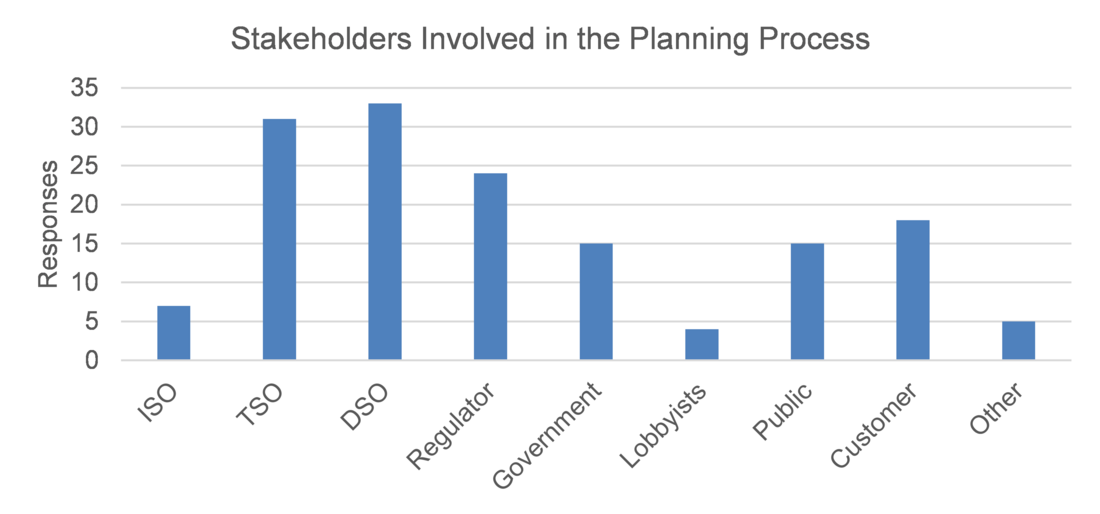
Figure 7 - Stakeholder involvement in planning processes, by stakeholder type
Differing priorities and cost allocation among transmission and distribution companies were also identified as obstacles.
Transmission and distribution companies do not always agree on priorities and it is unclear if there is a mechanism to resolve these conflicts. Similarly, concerns over costs and how costs are allocated between the transmission and distribution utilities are an obstacle to coordinating planning.
| Impediment Area | Number |
|---|---|
| Forecasts | 12 |
| Approach/Methodology | 12 |
| Priorities | 18 |
| Corporate Strategy | 10 |
| Time Horizon | 12 |
| Technology | 5 |
| Cost | 14 |
| Other | 3 |
Literature review
Three case studies relating to transmission and distribution planning coordination were reviewed by WG C1.40. There were few case studies found that specifically addressed planning coordination and instead many case studies reviewed operations coordination or integrating DERs into wholesale markets.
The case studies demonstrated the diversity of circumstances facing TSOs and DSOs within a single jurisdiction as well as across different jurisdictions. This indicates that prescriptive requirements are unlikely to be valuable because transmission and distribution planning coordination will vary. Instead, broad guidelines focused on outcomes rather than the steps taken are more likely to improve transmission and distribution planning coordination.
There is a need for more case studies on transmission-distribution planning coordination. The case studies showed that planners working together towards optimal transmission and distribution plans when given the opportunity to do so. However, the small number of cases indicated that not enough of this work is taking place publicly, and the desire for such case studies among survey respondents indicates that many planners are looking for direction on transmission-distribution planning coordination.
Industry structure can help or hinder transmission-distribution planning coordination. One case study showed that a vertically-integrated utility can readily set up an oversight department to ensure that transmission and distribution planners collaborate when necessary. Separate TSOs and DSOs will not necessarily have the same access to each other’s planners.
Best practices
WG C1.40 makes the following recommendations:
- Planners should review whether they are collecting and sharing critical planning information with other stakeholders in the planning process. This review should focus on the least commonly shared information: DER forecasts, detailed demand data, asset end of life plans, and public preferences.
- Planners should work with their regulator and counterparts at other planning organisations to establish standard methodologies and templates for collecting and sharing planning information.
- Planners should work to coordinate transmission and distribution planning with regard to differing planning horizons.
- Leaders at TSOs and DSOs need to find effective ways to jointly address network planning issues that affect both organisations. This could involve creating a forum for planning discussions or more actively seeking input on your organisation’s plans.
- Regulators should consider whether sufficient resources are being allocated by TSOs and DSOs towards planning coordination, particularly in deregulated jurisdictions where there are few vertically-integrated utilities.
- Regulators need to review their policies to assess whether they are a barrier to implementing optimal transmission and distribution plans.
- Regulators should enforce grid codes on all facility owners and market participants, including DERs to allow planners to rely on these resources as part of their plans.
Suggestions for Future CIGRE Work
WG C1.40 identified topics that should be explored by CIGRE. These include:
- Defining standard data packages and formats for the exchange of planning information between transmission and distribution companies. This would assist regulators in establishing templates in each jurisdiction and could potentially make sharing data across jurisdictions easier.
- Follow-up with (inter alia) those survey participants who expressed interest in participating in a case-study for transmission and distribution planning coordination. This could take the form of CIGRE-led case studies that specifically assess how TSOs and DSOs have coordinated their network planning to meet the changes in generator technology, location and other market developments.
- Investigate how regulatory policies such as cost allocation impact transmission and distribution planning, particularly relating to the growing prevalence of DERs.
Conclusion
This article represents a synthesis of the Working Group's professional opinions and its extrapolation of the possible significance of the findings of the survey and case studies.
WG C1.40 observed in both the survey responses and case studies that mutual benefit was a prerequisite for effective transmission-distribution planning coordination to take place. The survey results also showed that critical planning information was not being shared due to barriers among TSOs and DSOs, and that numerous costs and benefits to planning coordination exist but the allocation of these costs and benefits may not always be equal.
Both the survey results and the case studies indicate that vertically-integrated utilities or formerly vertically-integrated utilities are better able to coordinate transmission and distribution planning. The case studies were empirical evidence that a vertically-integrated utility could quickly and easily set up a team to coordinate transmission and distribution planning.
It is recommended that CIGRE should consider sponsoring a study of the TSO and DSO planning coordination at the transmission-distribution interface to assess the benefits to expending more resources towards collaboration. It was furthermore recommended that grid and distribution codes need to be enforced on all facility operators and market participants, including DERs. Transmission and distribution planners must be able to rely on DERs in a similar way to how they rely on large, centralized resources, and regulators should critically review their utility licence requirements and guidelines to incorporate information and information quality requirements, such that they are enforceable.
It can be concluded that planning coordination is a key element of all planning processes because it is a prerequisite for creating optimal planning decisions. Failing to coordinate transmission and distribution planning decisions will lead to sub-optimal outcomes that drive higher costs, lower reliability, or both.


